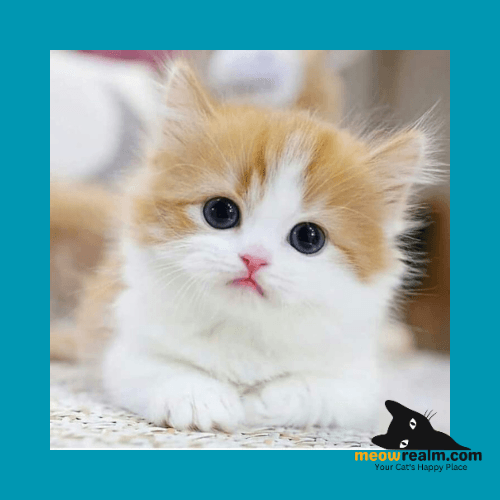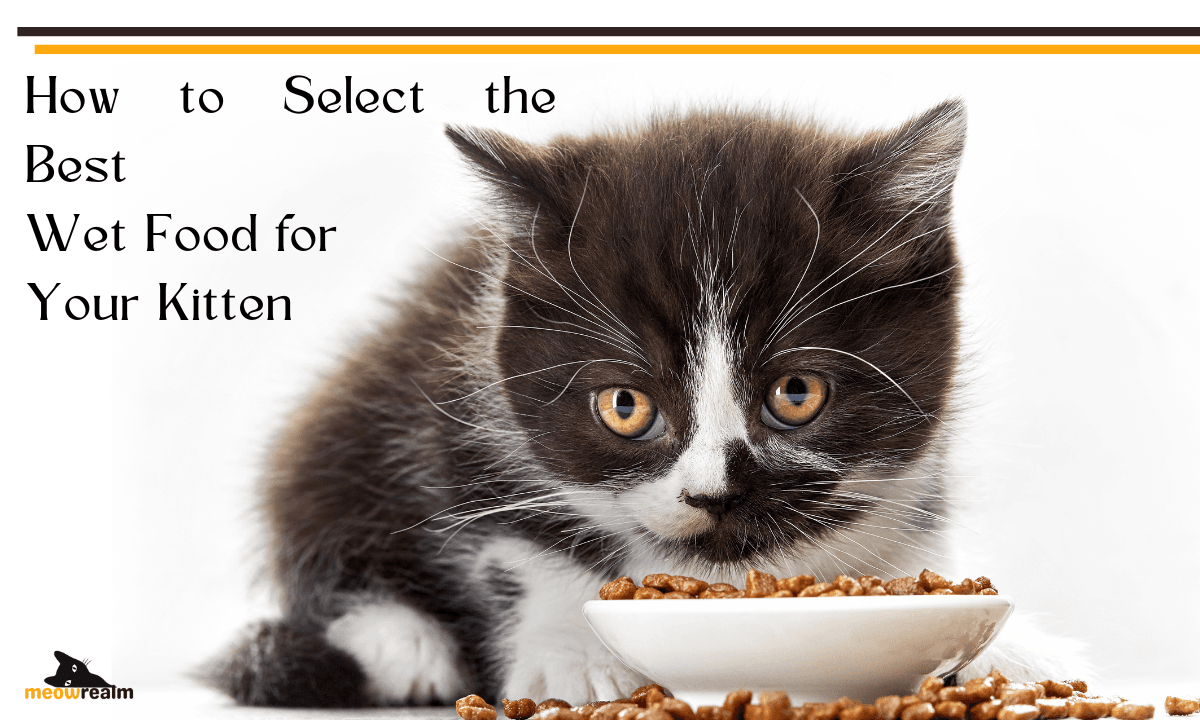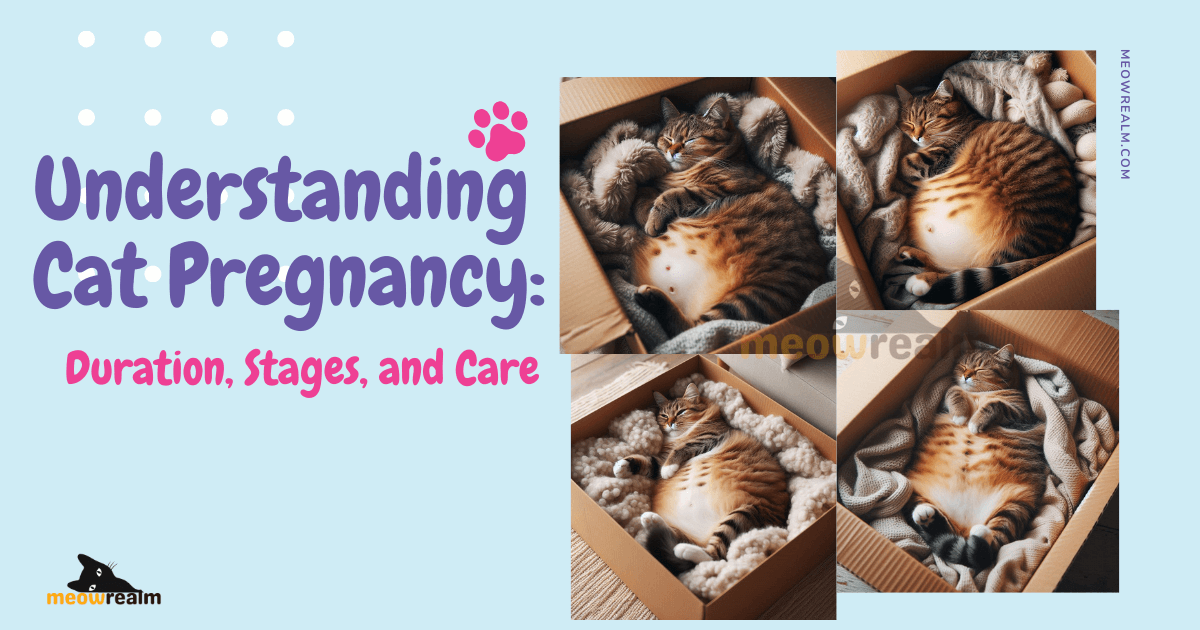Feeding your kitten the right diet is essential for their growth, health, and overall well-being. Wet cat food is a popular choice among many pet owners due to its high moisture content, palatability, and nutritional benefits. However, with so many options on the market, it can be challenging to know what to look for when selecting the best wet cat food for your kitten. In this comprehensive guide, we’ll delve into the benefits of wet cat food, what to consider when choosing the right product, and tips for feeding your growing kitten.
Why Wet Cat Food is Ideal for Kittens- Feeding
- High Moisture Content: Kittens require more hydration than adult cats, especially when they’re young and still adjusting to solid food. Wet cat food provides the necessary moisture, helping prevent dehydration and supporting urinary tract health.
- Easier to Eat: Kittens often find wet food easier to eat due to its soft texture. This is particularly important during the weaning process when they’re transitioning from milk to solid food.
- Rich in Nutrients: Wet cat food is formulated to provide the essential nutrients that kittens need for healthy growth and development. It’s typically rich in protein, vitamins, and minerals, which are crucial for building strong muscles, bones, and immune systems.
- Enhanced Palatability: Wet cat food is generally more appealing to kittens due to its rich aroma and flavor. This can be especially helpful for picky eaters or kittens with a smaller appetite.
- Supports Healthy Weight Gain: Since kittens are in a rapid growth phase, they require more calories than adult cats. Wet cat food provides the necessary energy in a form that’s easy for kittens to digest and absorb.
Key Nutritional Needs of Kittens-Feeding kitten
Before choosing a wet cat food, it’s important to understand the specific nutritional needs of kittens. Here are the key nutrients that should be included in their diet: Feeding kitten

- Protein: Kittens require a diet that is high in protein to support muscle development and overall growth. Look for wet cat food that lists real meat, poultry, or fish as the first ingredient.
- Taurine: Taurine is an essential amino acid that is vital for heart health, vision, and reproduction. Ensure that the wet cat food you choose is fortified with taurine.
- Fats: Healthy fats, including omega-3 and omega-6 fatty acids, are crucial for brain development, skin health, and a shiny coat. Wet cat food should contain an appropriate balance of fats to support these functions.
- Vitamins and Minerals: Kittens need a range of vitamins and minerals, including calcium and phosphorus for bone growth, as well as vitamins A, D, and E for immune support and overall health.
- Carbohydrates: While kittens do not require large amounts of carbohydrates, they can provide a source of energy. However, it’s important that the carbohydrates in wet cat food come from quality sources like vegetables and grains, and are not the primary ingredient.
How to Choose the Best Wet Cat Food for Kittens -Feeding kitten
With the vast selection of wet cat food available, here are some tips to help you choose the best option for your kitten:
- Check the Ingredients List: Always read the ingredients list to ensure that the first ingredient is a high-quality animal protein like chicken, turkey, beef, or fish. Avoid products that list fillers like corn, soy, or by-products as primary ingredients.
- Look for AAFCO Approval: The Association of American Feed Control Officials (AAFCO) sets nutritional standards for pet foods. Ensure that the wet cat food you choose meets AAFCO guidelines for “growth and development” to ensure it is suitable for kittens.
- Consider Your Kitten’s Preferences: Some kittens may prefer certain flavors or textures over others. You might need to try a few different brands or flavors to find out what your kitten likes best.
- Review the Nutritional Information: Pay attention to the calorie content and the balance of nutrients in the wet cat food. Kittens need food that is calorie-dense to support their growth, but it should also be balanced to prevent excessive weight gain.
- Check for Artificial Additives: Avoid wet cat foods that contain artificial colors, flavors, or preservatives. These additives are unnecessary and could potentially cause health issues over time.
Transitioning Your Kitten to Wet Cat Food -Feeding kitten
Introducing wet cat food to your kitten’s diet requires a gradual transition to avoid digestive upset. Here’s how to do it:
- Start Slow: Begin by mixing a small amount of wet food with your kitten’s current food. Gradually increase the amount of wet food over several days while decreasing the amount of the previous food.
- Monitor Your Kitten’s Reaction: Observe your kitten’s stool, energy levels, and overall health during the transition. If you notice any signs of digestive issues, slow down the transition process.
- Feed Small, Frequent Meals: Kittens have small stomachs and benefit from being fed small, frequent meals throughout the day. Typically, feeding your kitten four times a day is ideal.
- Keep It Fresh: Wet cat food can spoil quickly, so it’s important to only serve fresh portions. Store any unused portions in the refrigerator and discard any food that has been left out for more than two hours.
- Adjust Portions as Needed: As your kitten grows, their nutritional needs will change. Consult with your veterinarian to adjust the portion sizes and feeding schedule accordingly.
Common Myths About Wet Cat Food for Kittens – Feeding
There are several misconceptions about wet cat food that can cause confusion among pet owners. Let’s debunk some common myths: Feeding kitten
- Myth: Wet Cat Food Causes Dental Issues: Some people believe that wet cat food can lead to dental problems in kittens. However, dental issues are more commonly caused by a lack of oral hygiene. Regular brushing and dental check-ups are essential regardless of the type of food your kitten eats.
- Myth: Wet Cat Food Is Too Rich for Kittens: Wet cat food is specially formulated to meet the nutritional needs of kittens, so it is not “too rich” when fed in appropriate portions. In fact, its high moisture content and balanced nutrition make it an excellent choice.
- Myth: Wet Food Should Only Be Given as a Treat: Wet cat food can be a staple of your kitten’s diet, not just a treat. Many veterinarians recommend wet food due to its nutritional benefits and hydration support.
Wet cat food is an excellent choice for feeding kittens, offering a range of nutritional benefits that support their growth and development. By understanding your kitten’s nutritional needs and carefully selecting high-quality wet cat food, you can ensure your feline friend grows into a healthy and happy adult cat. Remember to transition to wet food gradually and consult your veterinarian to ensure your kitten’s diet is balanced and appropriate for their age and size.




